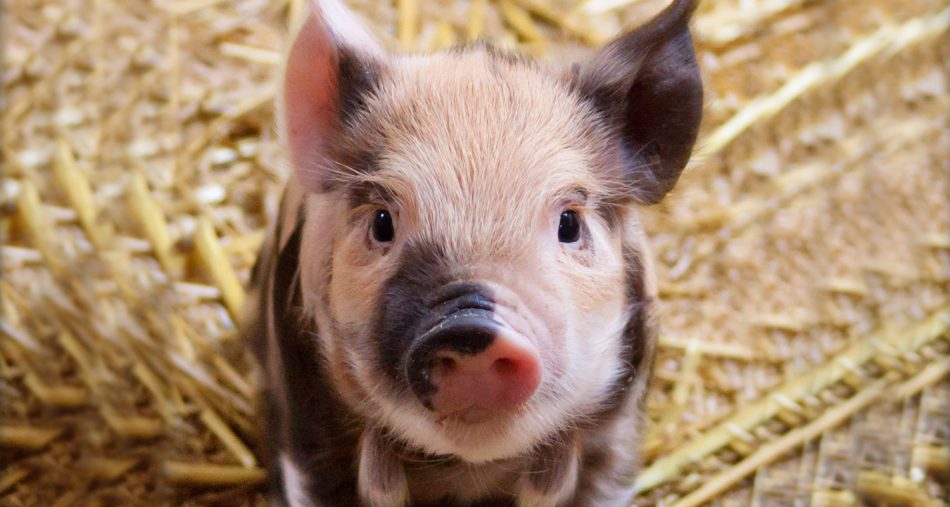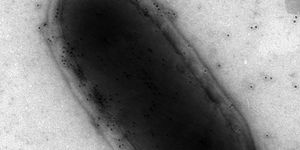Algorithmic Model Predicts PEDV Outbreaks
A proof-of-concept algorithmic model was recently developed by researchers at North Carolina State University that could help minimize porcine epidemic diarrhea virus (PEDV) outbreaks. The model utilized machine-learning techniques that could serve as a real-time prediction assessment of disease outbreaks in food animals. PEDV is a swine pathogen causing high mortality rates in pigs—affecting about 50 percent of breeding herds when transmitted through contaminated fecal matter.
Learn more about the porcine epidemic diarrhea virus PEDV:
The algorithmic model was created from data that was generated from weekly farm-level incidence reports including pig movement types, hog density, as well as environmental and weather factors including vegetation, wind speed, temperature and precipitation. After researchers studied a 10-kilometer radius around sow farms, they fed the algorithmic model information data regarding outbreaks, animal movements, the environmental characteristics of each “neighborhood” surrounding a sow farm. The data “fed” to the model was successful in predicting PEDV outbreaks with approximately 80 percent accuracy.
 g
g
The measured risk factor for predicting PEDV spread was found to be pig movement and environmental slope and vegetation
"This proof-of-concept model identified the PEDV spread bottleneck in North Carolina and allowed us to rank infection risk factors in order of importance," says Gustavo Machado, assistant professor of population health and pathobiology at NC State and corresponding author of the study. "As we get more data from other farm sites across the U.S., we expect the model's accuracy to increase. Our end goal is to have near real-time risk predictions so that farmers and veterinarians can provide preventative care to high-risk areas and make decisions based on data."
Source: North Carolina State University








